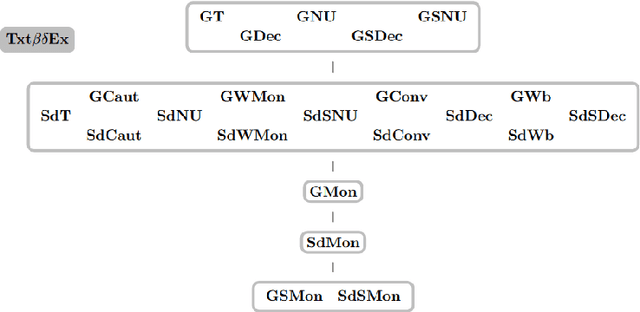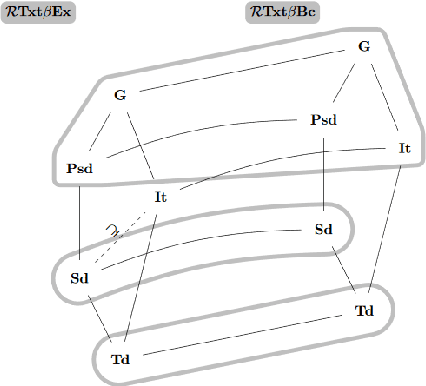Nicolas Klodt
Temporal Network Creation Games
May 21, 2023Abstract:Most networks are not static objects, but instead they change over time. This observation has sparked rigorous research on temporal graphs within the last years. In temporal graphs, we have a fixed set of nodes and the connections between them are only available at certain time steps. This gives rise to a plethora of algorithmic problems on such graphs, most prominently the problem of finding temporal spanners, i.e., the computation of subgraphs that guarantee all pairs reachability via temporal paths. To the best of our knowledge, only centralized approaches for the solution of this problem are known. However, many real-world networks are not shaped by a central designer but instead they emerge and evolve by the interaction of many strategic agents. This observation is the driving force of the recent intensive research on game-theoretic network formation models. In this work we bring together these two recent research directions: temporal graphs and game-theoretic network formation. As a first step into this new realm, we focus on a simplified setting where a complete temporal host graph is given and the agents, corresponding to its nodes, selfishly create incident edges to ensure that they can reach all other nodes via temporal paths in the created network. This yields temporal spanners as equilibria of our game. We prove results on the convergence to and the existence of equilibrium networks, on the complexity of finding best agent strategies, and on the quality of the equilibria. By taking these first important steps, we uncover challenging open problems that call for an in-depth exploration of the creation of temporal graphs by strategic agents.
Maps for Learning Indexable Classes
Oct 15, 2020

Abstract:We study learning of indexed families from positive data where a learner can freely choose a hypothesis space (with uniformly decidable membership) comprising at least the languages to be learned. This abstracts a very universal learning task which can be found in many areas, for example learning of (subsets of) regular languages or learning of natural languages. We are interested in various restrictions on learning, such as consistency, conservativeness or set-drivenness, exemplifying various natural learning restrictions. Building on previous results from the literature, we provide several maps (depictions of all pairwise relations) of various groups of learning criteria, including a map for monotonicity restrictions and similar criteria and a map for restrictions on data presentation. Furthermore, we consider, for various learning criteria, whether learners can be assumed consistent.
 Add to Chrome
Add to Chrome Add to Firefox
Add to Firefox Add to Edge
Add to Edge